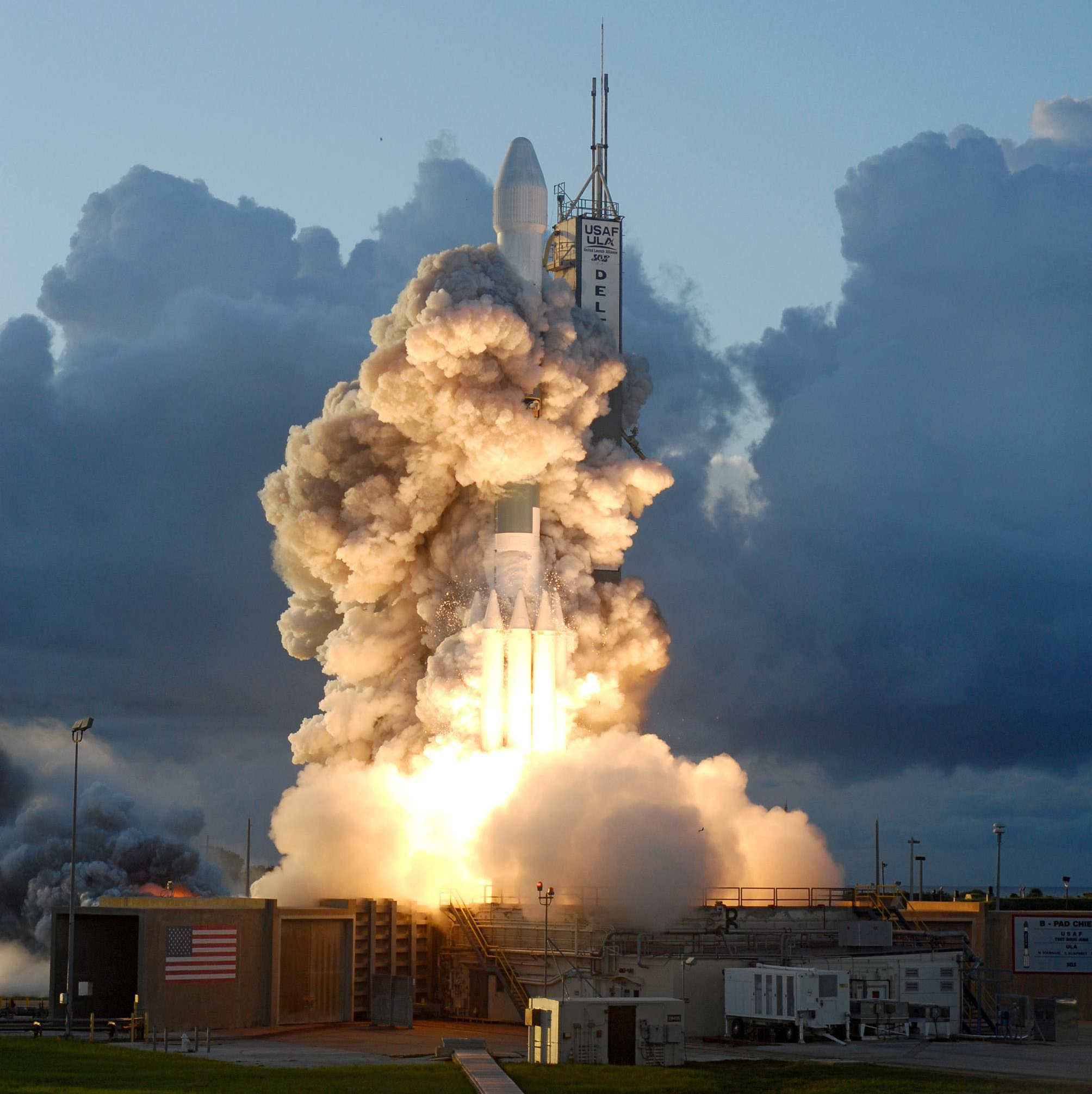Happy Anniversary, Dawn! Record-Setting NASA Probe Marks 10 Years in Space

NASA's Dawn spacecraft has now been exploring the final frontier for a decade.
Dawn launched on Sept. 27, 2007, kicking off a $467 million mission to study the two largest objects in the asteroid belt — the protoplanet Vesta and the dwarf planet Ceres — up close. Vesta and Ceres are considered leftovers from the planet-formation period, so Dawn's work is designed to shed light on the solar system's early days (hence the mission's name).
The probe has done all that was asked of it and more, mission team members said. [How NASA's Dawn Mission Works (Infographic)]
"Our interplanetary spaceship has exceeded all expectations in the last decade, delivering amazing insights about these two fascinating bodies," Dawn principal investigator Chris Russell, of UCLA, said in a statement.
Dawn arrived at Vesta in July 2011 and circled the 330-mile-wide (530 kilometers) object for 14 months. The spacecraft's observations revealed, among other things, that Vesta's giant Rheasilvia Crater is even bigger than scientists had thought, with a diameter of 310 miles (500 km) and a depth of 12 miles (19 km).
And, if those dimensions weren't extreme enough for you, a mountain twice the height of Mount Everest rises from Rheasilvia's center.
In September 2012, Dawn departed Vesta for the 590-mile-wide (950 km) Ceres, the closest dwarf planet to the sun. The spacecraft arrived in March 2015, in the process becoming the first spacecraft ever to orbit two different bodies beyond the Earth-moon system, and the first to circle a dwarf planet.
Get the Space.com Newsletter
Breaking space news, the latest updates on rocket launches, skywatching events and more!
Dawn has been studying Ceres from orbit ever since. This work has led to some surprising and intriguing discoveries. For example, Dawn has spotted mysterious bright deposits in multiple locations on Ceres — most notably, at the bottom of the dwarf planet's 57-mile-wide (92 km) Occator Crater.
Dawn also discovered the "lonely mountain" Ahuna Mons, an apparent ice volcano that towers 3 miles (5 km) above the rest of Ceres' cratered landscape.
"Though both Ahuna Mons and Occator appear dormant, they suggest that liquid water flowed once beneath the surface of Ceres, and may even still be there today, if it is enriched in salts that would lower its freezing point," NASA officials wrote in the same statement.
Three of Dawn's four orientation-maintaining reaction wheels have failed during the probe's time in space. But the mission team has powered through this issue, instead controlling Dawn's orientation using its hydrazine thrusters. Indeed, the spacecraft remains healthy overall, and is continuing to gather data from its 30-Earth-day-long elliptical orbit of Ceres, NASA officials said.
"This continues to be a mission for everyone who yearns for new knowledge, everyone who is curious about the cosmos, and everyone who is exhilarated by bold adventures into the unknown," said Marc Rayman, Dawn mission director and chief engineer, who's based at NASA's Jet Propulsion Laboratory (JPL) in Pasadena, California.
The Virginia-based company Orbital ATK designed and built Dawn, and JPL manages the spacecraft's mission.
Follow Mike Wall on Twitter @michaeldwall and Google+. Follow us @Spacedotcom, Facebook, Google+. Originally published on Space.com.
Join our Space Forums to keep talking space on the latest missions, night sky and more! And if you have a news tip, correction or comment, let us know at: community@space.com.

Michael Wall is a Senior Space Writer with Space.com and joined the team in 2010. He primarily covers exoplanets, spaceflight and military space, but has been known to dabble in the space art beat. His book about the search for alien life, "Out There," was published on Nov. 13, 2018. Before becoming a science writer, Michael worked as a herpetologist and wildlife biologist. He has a Ph.D. in evolutionary biology from the University of Sydney, Australia, a bachelor's degree from the University of Arizona, and a graduate certificate in science writing from the University of California, Santa Cruz. To find out what his latest project is, you can follow Michael on Twitter.









